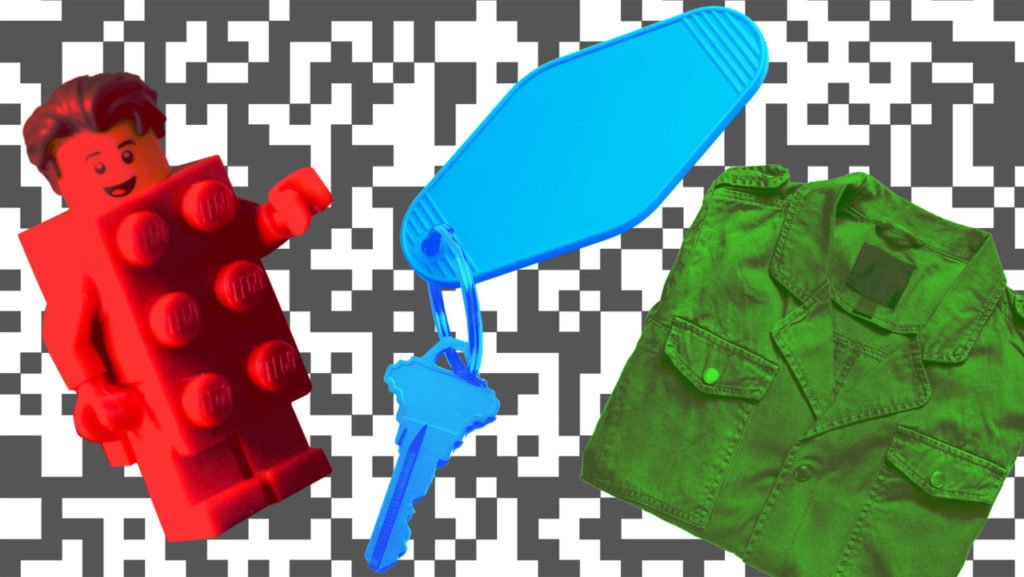When I think about it now, I cringe. A newly minted Syracuse University graduate, wanting to prove to prospective employers how clever I was, I packaged four résumés to the top employers on my list, each with a brand-new shoe. As my cover letter explained, I wanted to get a foot in the door.
It was a tired stunt even back when you sent paper résumés to employers. And it didn’t yield the results I wanted. But, apparently, others have had better luck.
In a recent survey by job search engine SimplyHired, 13% of applicants used an unusual strategy like a stunt or gimmick during the job application process—and 70% of them got the job they wanted. More than 55% said the effort was received positively.
What did they do? Respondents said they:
- Sent a miniature Lego sculpture of himself (hired)
- Wore a company uniform to the interview (not hired)
- Created a QR code link to lessons taught and turned her résumé into a book (hired)
- Went behind the counter and started checking in guests to the hotel where she was interviewing (hired)
“Our big takeaway that we found was, generally speaking, when taking a risk, you need to keep in mind your audience, the industry, the culture of the place that you’re applying to,” says Claire Cole, project manager at SimplyHired. “A lot of our findings were sound common sense, but as we talked about when someone’s stressed and eagerly searching for a job, may not be as clear to them.”
But bold moves, stunts, or even offbeat word choices do prove successful for some. Here are three people who got their jobs by changing the rules.
Tell them what they’re doing wrong
When Glenn Marczewski saw the listing for Living as a Leader, a leadership coaching firm, he was immediately sold. “I knew I had to work for them,” he says. So, after a preliminary phone interview, during which he learned that the team was unhappy with their current digital marketing, he arrived at the in-person interview with a search engine optimization audit, showing everything they did wrong. He included a detailed list of SEO errors and opportunities to improve their online presence, as well as step-by-step instructions to make the necessary changes.
“I told them that even if they didn’t hire me to do the work, the report was theirs to use as they please. They were “intrigued” by me and said they would be having a meeting to discuss an even larger role than the one I was interviewing for,” he says.
His new job almost got derailed when he sent a plain, tan thank-you note. The company leadership thought that was a little too “plain vanilla” and not up to their creative standards. However, after some consideration, they ended up hiring Marczewski because of the strength of his digital marketing recommendations. He has since upped his thank-you note game.
Start with what you won’t do
Few people start the interview process by saying what they won’t do, but Gene Mal, the chief technology officer at Static Jobs, a job search site for computer professionals, was upfront. He doesn’t do multiple rounds of interviews with the recruiter and varying levels of staff members. Once he knows the hiring manager has expressed interest in him, he tells the recruiter to tell the hiring manager his deal-breakers.
“I don’t play these games. I value their time, and I value my time. I don’t care about their phone screens, I don’t take programming tests, and no interviews with multiple interviewers or second rounds,” he says, of his unconventional stance. He’ll do one 30- to 50-minute interview with the hiring manager. While this strategy may not work for everyone, he says it’s worked about 20% of the time for him.
Use your words
Holly Wolf, director of customer engagement at Solo Laboratories, Inc, a company specializing in custom orthotics and braces, didn’t realize she was doing something radical when she said in her cover letter “Your ad piqued my curiosity,” she says. “Most people thought piqued was spelled peaked. I got interviews for some jobs, and they referenced that they never knew that’s how it was spelled. I got a small consulting job because of that word. The woman told me I must be smart if I knew the difference in those two words,” she says.
Cole says that there’s an element of risk in doing anything but toeing the line and going through the traditional process. “Even something that seems like it could only be positive, like braving some severe weather to get to your interview or deliver your application. Some people might be like, ‘Wow, that’s fantastic. She really wants it and is willing to go the extra mile.’ Another person might be like, ‘They’re crazy. They don’t have good judgment,’” she says. “We’re hoping that maybe if we can’t give people super clear answers on what is or isn’t going to fly, we at least want to try and point them in the right direction.”
